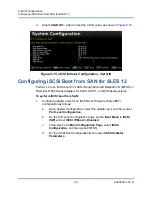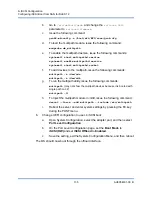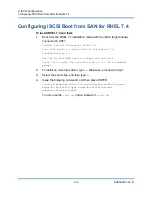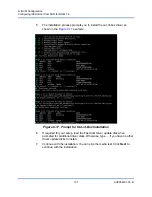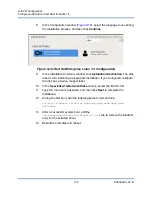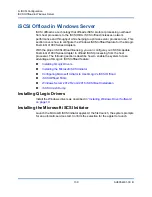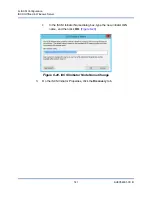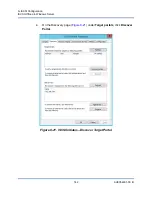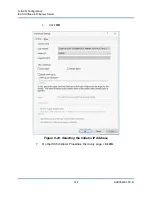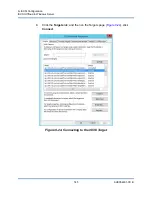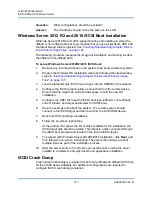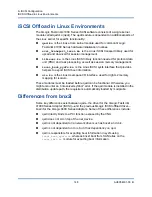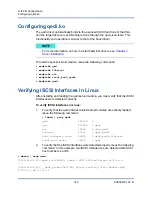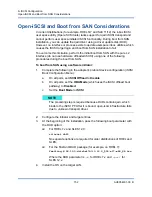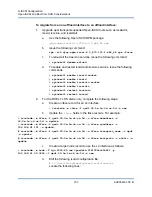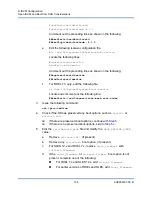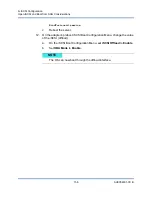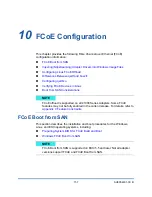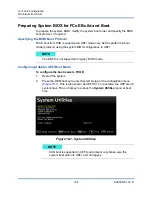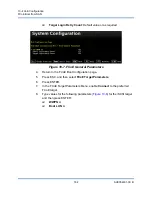
9–iSCSI Configuration
iSCSI Offload in Windows Server
147
AH0054601-00 B
Question:
What configurations should be avoided?
Answer:
The IP address should not be the same as the LAN.
Windows Server 2012 R2 and 2016 iSCSI Boot Installation
Windows Server 2012 R2 and 2016 support booting and installing in either the
offload or non-offload paths. QLogic requires that you use a slipstream DVD with
the latest QLogic drivers injected. See
“Injecting (Slipstreaming) Adapter Drivers
into Windows Image Files” on page 165
.
The following procedure prepares the image for installation and booting in either
the offload or non-offload path.
To set up Windows Server 2012R2/2016 iSCSI boot:
1.
Remove any local hard drives on the system to be booted (remote system).
2.
Prepare the Windows OS installation media by following the slipstreaming
steps in
“Injecting (Slipstreaming) Adapter Drivers into Windows Image
3.
Load the latest QLogic iSCSI boot images into the NVRAM of the adapter.
4.
Configure the iSCSI target to allow a connection from the remote device.
Ensure that the target has sufficient disk space to hold the new OS
installation.
5.
Configure the UEFI HII to set the iSCSI boot type (offload or non-offload),
correct initiator, and target parameters for iSCSI boot.
6.
Save the settings and reboot the system. The remote system should
connect to the iSCSI target and then boot from the DVD-ROM device.
7.
Boot from DVD and begin installation.
8.
Follow the on-screen instructions.
At the window that shows the list of disks available for the installation, the
iSCSI target disk should be visible. This target is a disk connected through
the iSCSI boot protocol and located in the remote iSCSI target.
9.
To proceed with Windows Server 2012R2/2016 installation, click
Next
, and
then follow the on-screen instructions. The server will undergo a reboot
multiple times as part of the installation process.
10.
After the server boots to the OS, QLogic recommends running the driver
installer to complete the QLogic drivers and application installation.
iSCSI Crash Dump
Crash dump functionality is supported for both non-offload and offload iSCSI boot
for the 41000 Series Adapters. No additional configurations are required to
configure iSCSI crash dump generation.

